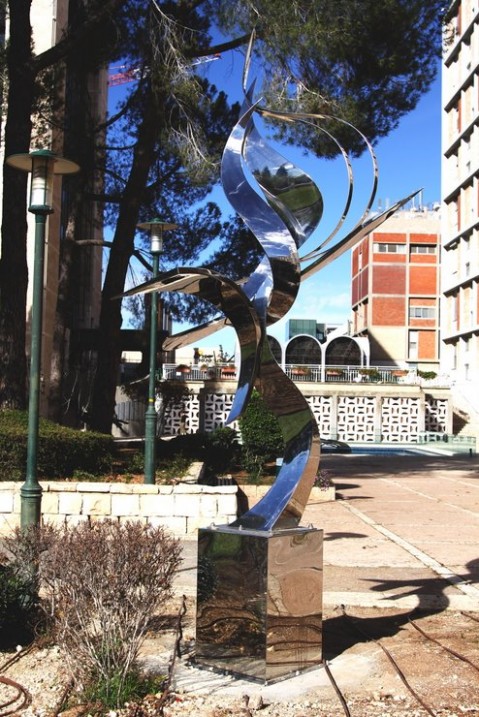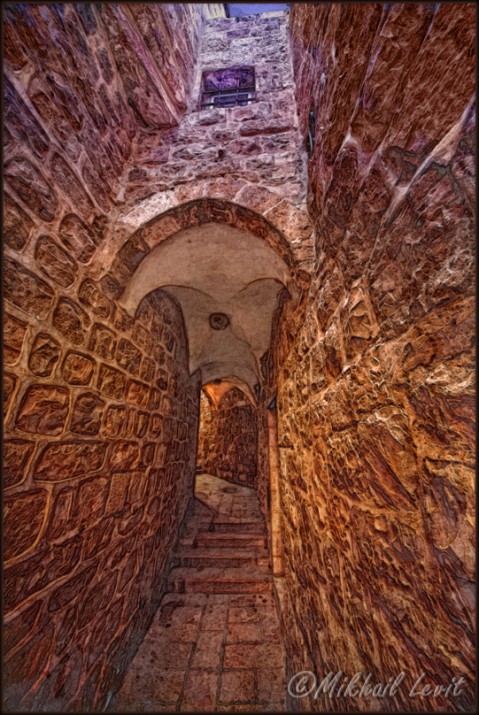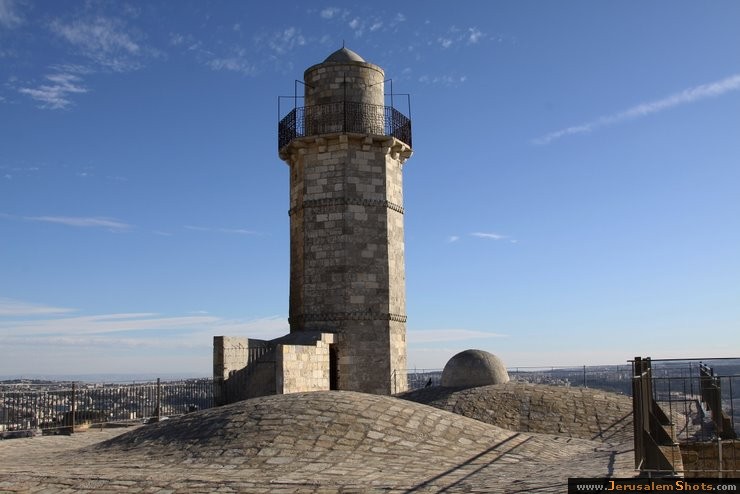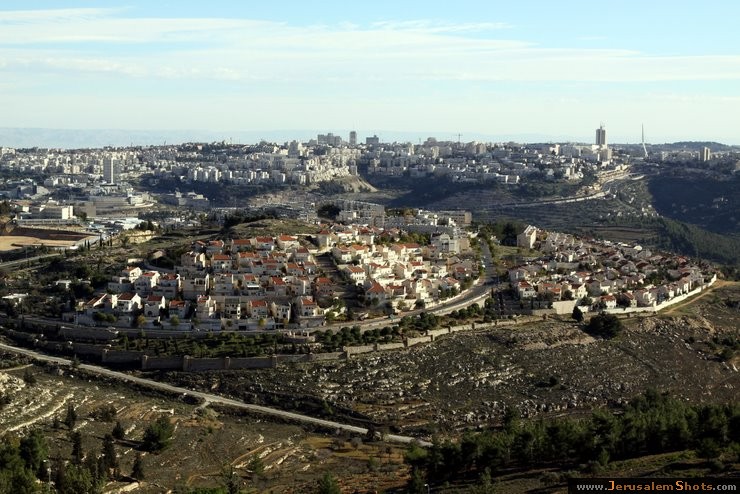 © RomKri
\ Brichat Sultan
© RomKri
\ Brichat Sultan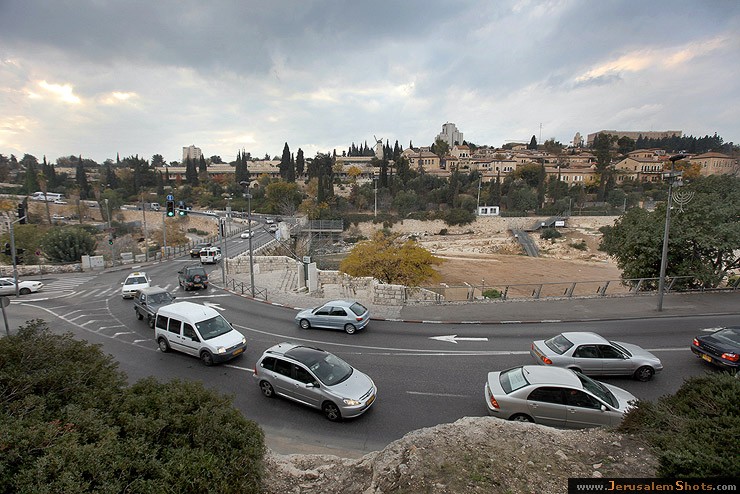

 © Mikhail Levit
\ Old City
© Mikhail Levit
\ Old City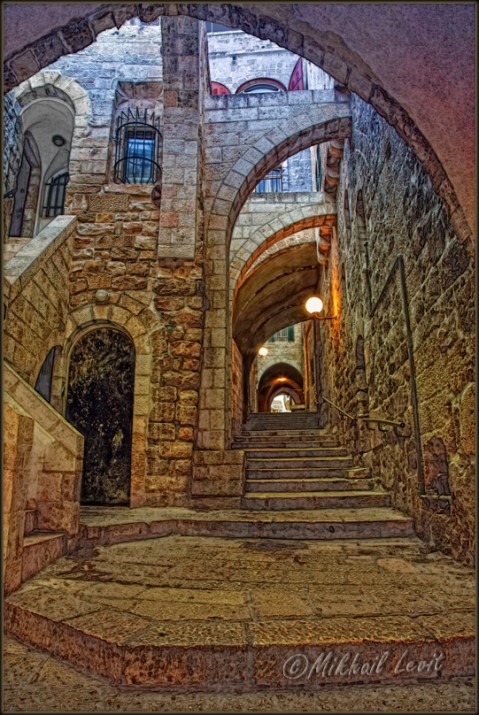

 © Mikhail Levit
\ Old City
© Mikhail Levit
\ Old City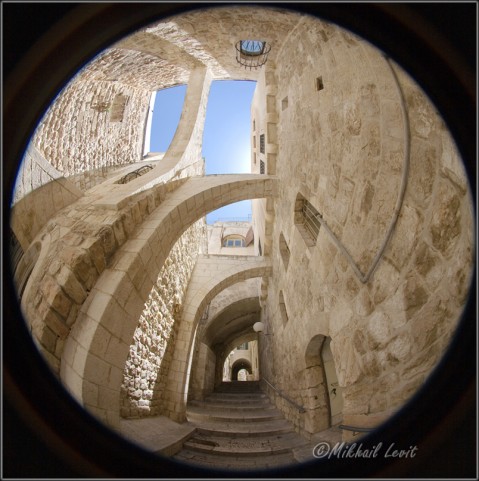

 © Mikhail Levit
\ Old City
© Mikhail Levit
\ Old City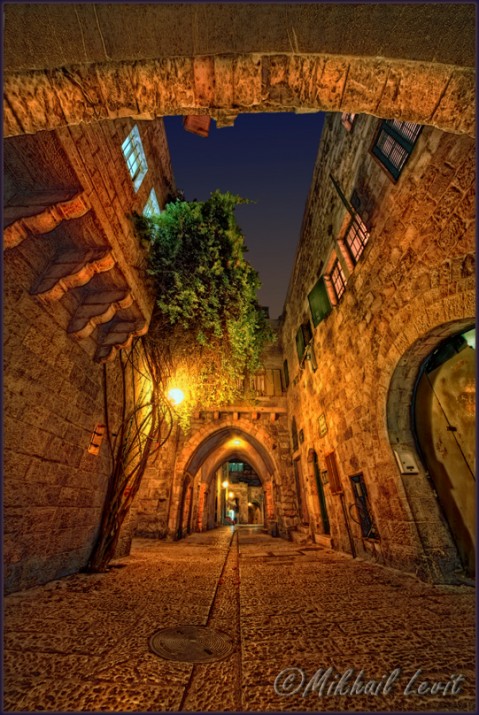


 © Valery Dembitsky
\ Nebi Samwil (The Prophet Samuel)
© Valery Dembitsky
\ Nebi Samwil (The Prophet Samuel)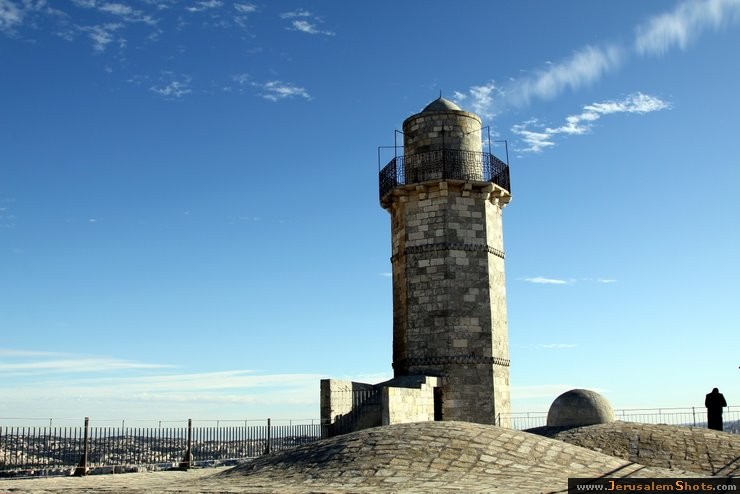
The Tomb of Samuel, (Arabic: نبي صموئيل, translit. Nebi Samwil Hebrew: קבר שמואל, translit. Kever Shmuel;), is the traditional burial site of the biblical Hebrew prophet Samuel, atop a steep hill at an elevation of 908 meters above sea level. It is situated to the north of the Jerusalem neighborhood of Ramot. On the site is a building containing a mosque built in the 18th century that was formerly a church. The tomb itself is located in an underground chamber where a small synagogue is located.


 © Valery Dembitsky
\ East Jerusalem
© Valery Dembitsky
\ East Jerusalem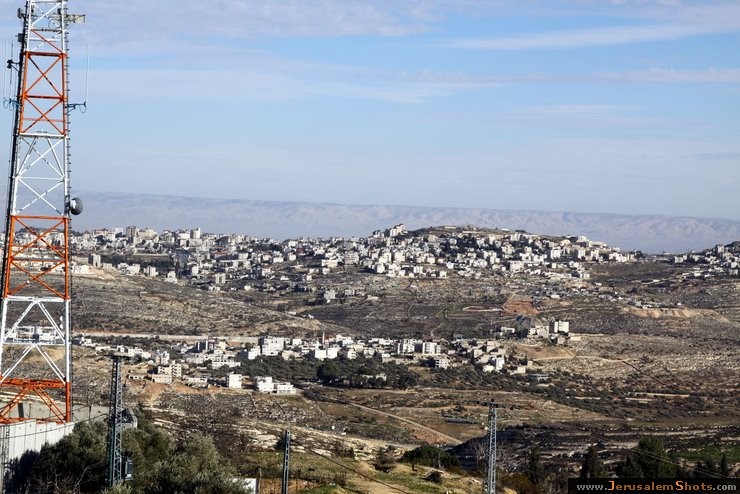


 © Valery Dembitsky
\ The Ancient Synagogue
© Valery Dembitsky
\ The Ancient Synagogue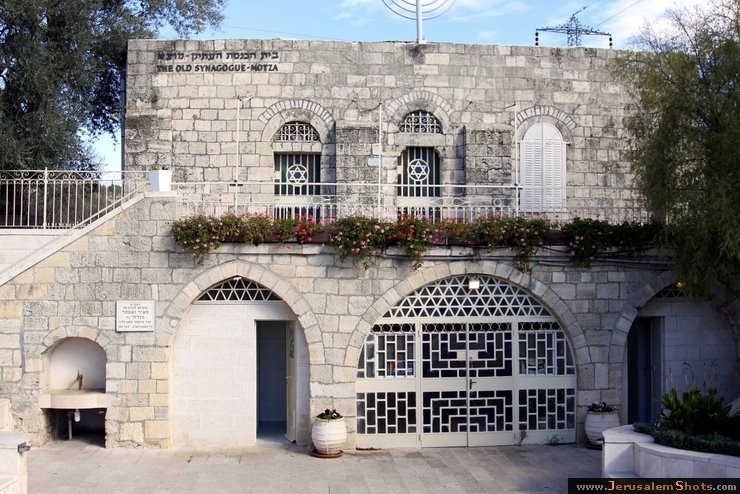
Motza is first mentioned in the Talmud (Tractate Succah) as the place where residents of Jerusalem used to cut their willow branches as one of the four species of fruits and plants required for the Festival of Sukkot.
Motza was rediscovered in 1860, when Shlomo Yecheskel and Yehoshua Yellin, residents of the Old City of Jerusalem, jointly acquired a plot of land in order to initiate and develop agriculture outside the walls of the Old City. Vineyards and trees were planted while using the local spring and well.
Motza was rediscovered in 1860, when Shlomo Yecheskel and Yehoshua Yellin, residents of the Old City of Jerusalem, jointly acquired a plot of land in order to initiate and develop agriculture outside the walls of the Old City. Vineyards and trees were planted while using the local spring and well.

 © Mikhail Levit
\ Old City
© Mikhail Levit
\ Old City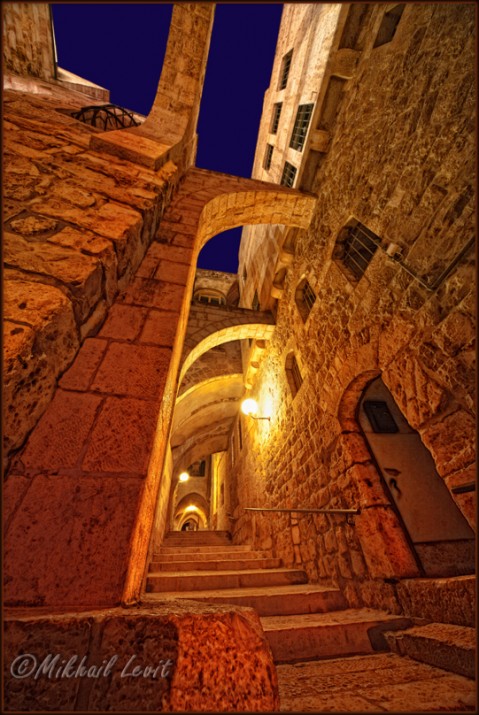

 © Mikhail Levit
\ Old City
© Mikhail Levit
\ Old City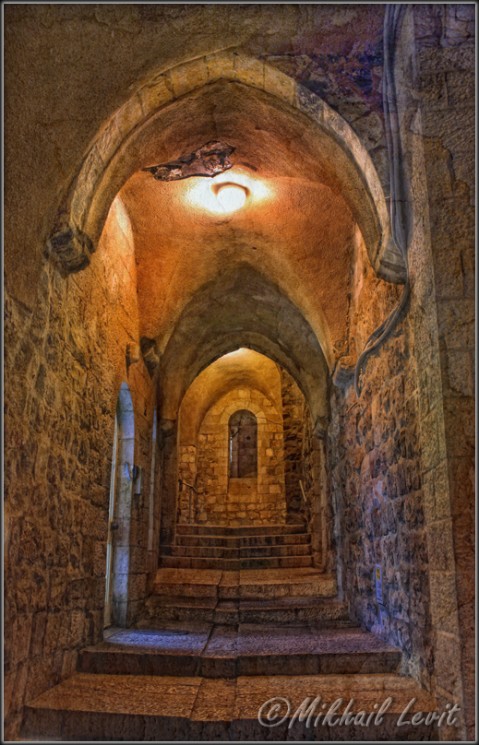

 © Mikhail Levit
\ Temple Mount
© Mikhail Levit
\ Temple Mount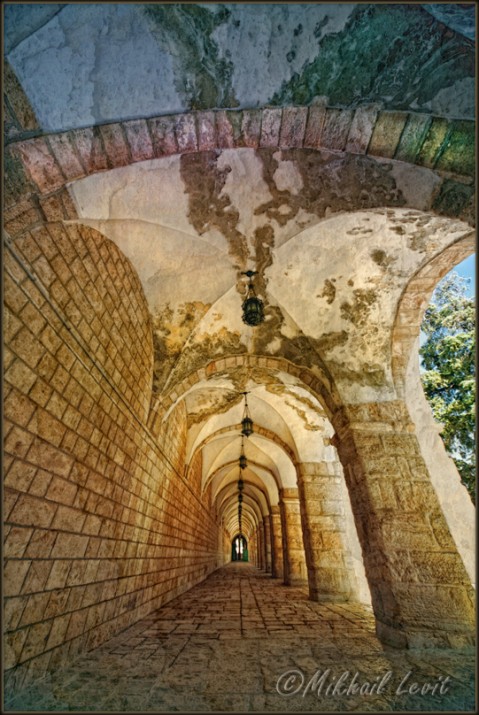


 © Valery Dembitsky
\ Ramot
© Valery Dembitsky
\ Ramot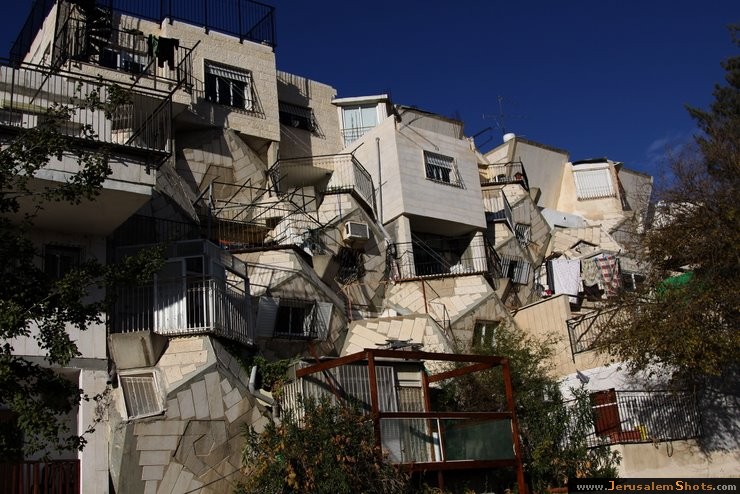


 © Valery Dembitsky
\ East Jerusalem
© Valery Dembitsky
\ East Jerusalem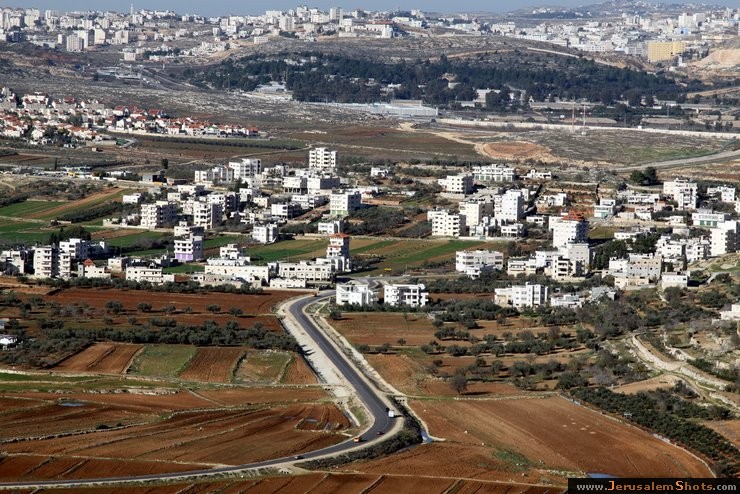

 © Mikhail Levit
\ Old City
© Mikhail Levit
\ Old City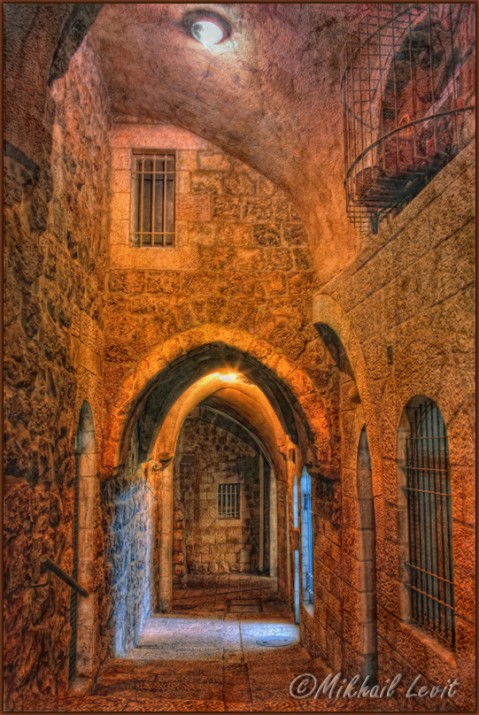


 © Valery Dembitsky
\ Nebi Samwil (The Prophet Samuel)
© Valery Dembitsky
\ Nebi Samwil (The Prophet Samuel)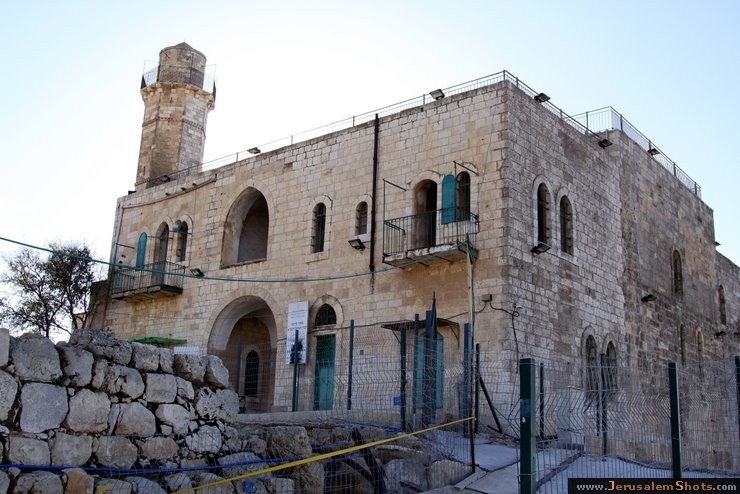


 © Valery Dembitsky
\ Ramot
© Valery Dembitsky
\ Ramot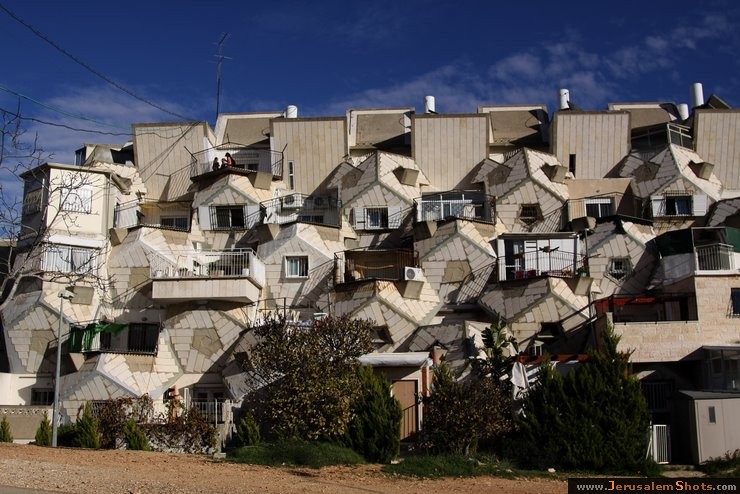


 © Valery Dembitsky
\ East Jerusalem
© Valery Dembitsky
\ East Jerusalem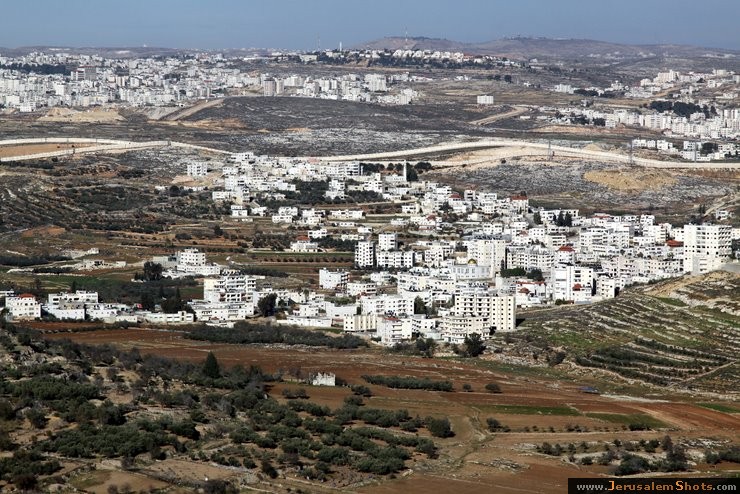


 © Valery Dembitsky
\ Nebi Samwil (The Prophet Samuel)
© Valery Dembitsky
\ Nebi Samwil (The Prophet Samuel)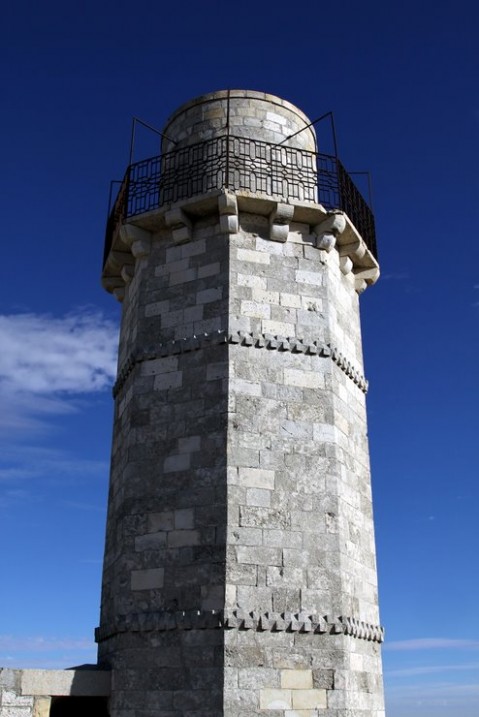
The Tomb of Samuel, (Arabic: نبي صموئيل, translit. Nebi Samwil Hebrew: קבר שמואל, translit. Kever Shmuel;), is the traditional burial site of the biblical Hebrew prophet Samuel, atop a steep hill at an elevation of 908 meters above sea level. It is situated to the north of the Jerusalem neighborhood of Ramot. On the site is a building containing a mosque built in the 18th century that was formerly a church. The tomb itself is located in an underground chamber where a small synagogue is located.


 © Valery Dembitsky
\ Nebi Samwil (The Prophet Samuel)
© Valery Dembitsky
\ Nebi Samwil (The Prophet Samuel)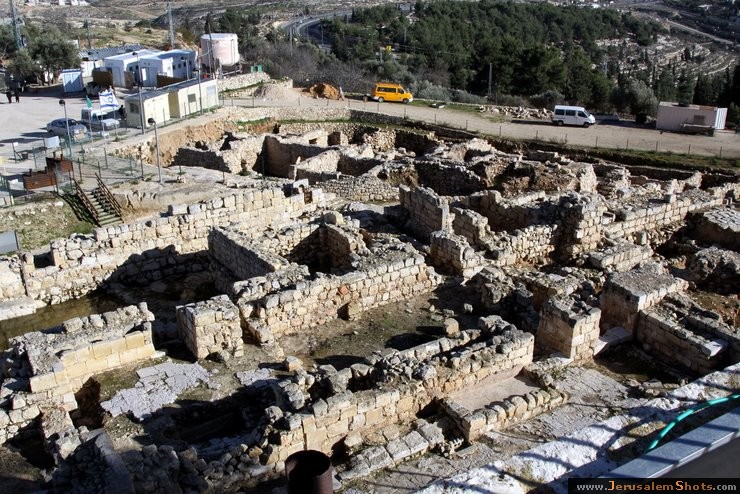


 © Valery Dembitsky
\ Nebi Samwil (The Prophet Samuel)
© Valery Dembitsky
\ Nebi Samwil (The Prophet Samuel)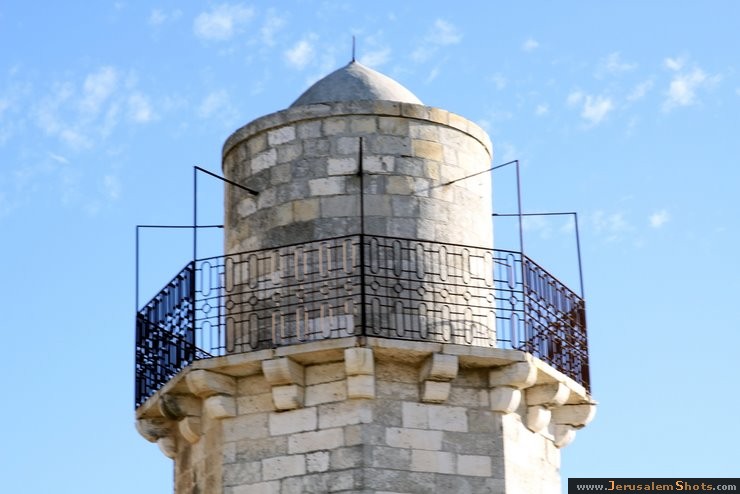


 © Valery Dembitsky
\ Ramot
© Valery Dembitsky
\ Ramot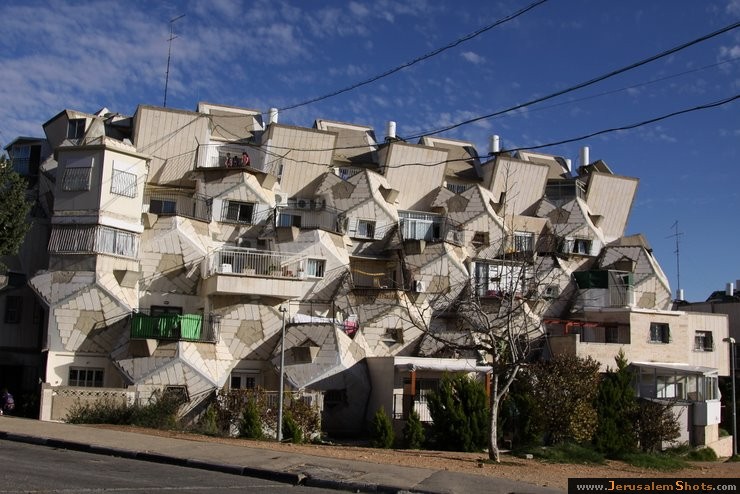


 © Valery Dembitsky
\ East Jerusalem
© Valery Dembitsky
\ East Jerusalem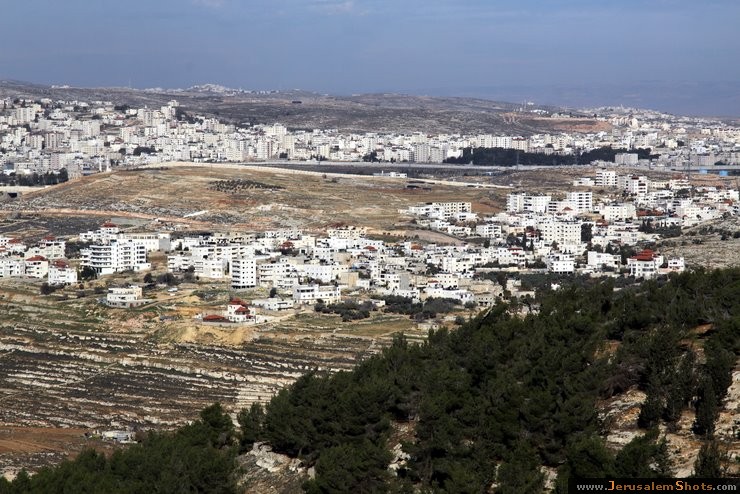


 © Valery Dembitsky
\ The Ancient Synagogue
© Valery Dembitsky
\ The Ancient Synagogue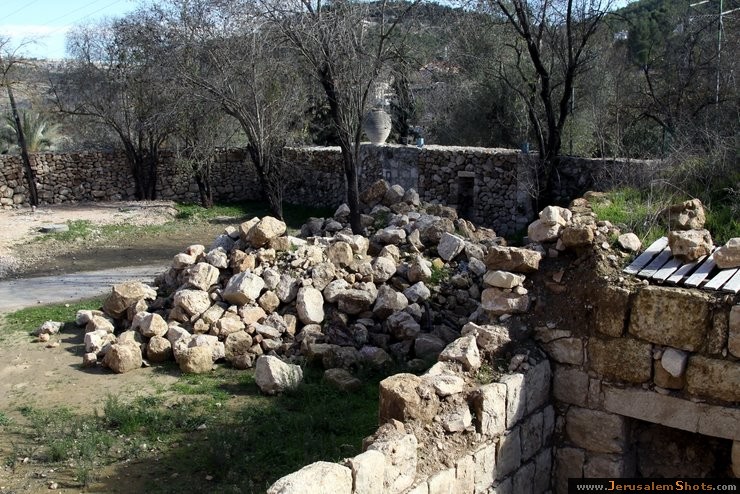
Motza is first mentioned in the Talmud (Tractate Succah) as the place where residents of Jerusalem used to cut their willow branches as one of the four species of fruits and plants required for the Festival of Sukkot.
Motza was rediscovered in 1860, when Shlomo Yecheskel and Yehoshua Yellin, residents of the Old City of Jerusalem, jointly acquired a plot of land in order to initiate and develop agriculture outside the walls of the Old City. Vineyards and trees were planted while using the local spring and well.
Motza was rediscovered in 1860, when Shlomo Yecheskel and Yehoshua Yellin, residents of the Old City of Jerusalem, jointly acquired a plot of land in order to initiate and develop agriculture outside the walls of the Old City. Vineyards and trees were planted while using the local spring and well.


 © Valery Dembitsky
\ The Ancient Synagogue
© Valery Dembitsky
\ The Ancient Synagogue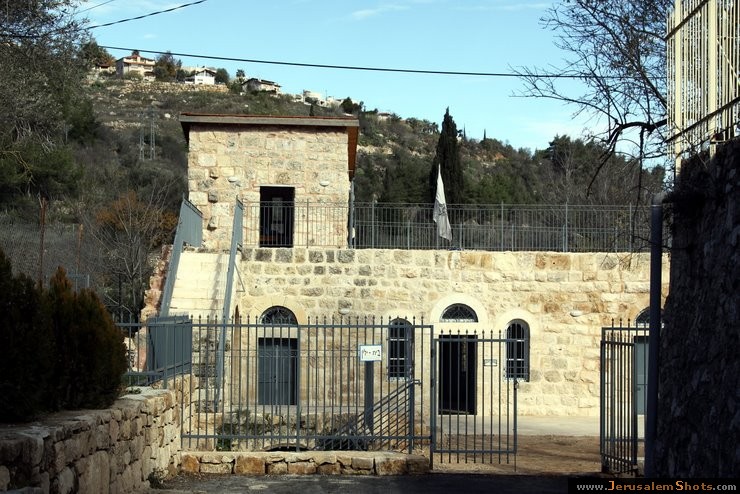
Motza is first mentioned in the Talmud (Tractate Succah) as the place where residents of Jerusalem used to cut their willow branches as one of the four species of fruits and plants required for the Festival of Sukkot.
Motza was rediscovered in 1860, when Shlomo Yecheskel and Yehoshua Yellin, residents of the Old City of Jerusalem, jointly acquired a plot of land in order to initiate and develop agriculture outside the walls of the Old City. Vineyards and trees were planted while using the local spring and well.
Motza was rediscovered in 1860, when Shlomo Yecheskel and Yehoshua Yellin, residents of the Old City of Jerusalem, jointly acquired a plot of land in order to initiate and develop agriculture outside the walls of the Old City. Vineyards and trees were planted while using the local spring and well.


 © Valery Dembitsky
\ The Ancient Synagogue
© Valery Dembitsky
\ The Ancient Synagogue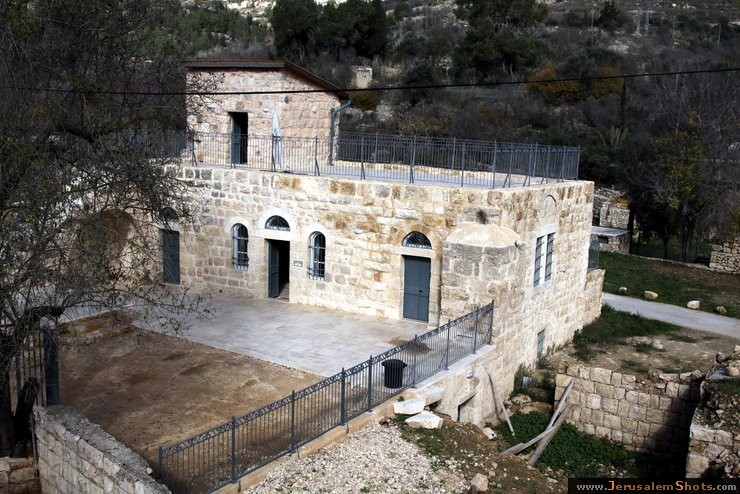
Motza is first mentioned in the Talmud (Tractate Succah) as the place where residents of Jerusalem used to cut their willow branches as one of the four species of fruits and plants required for the Festival of Sukkot.
Motza was rediscovered in 1860, when Shlomo Yecheskel and Yehoshua Yellin, residents of the Old City of Jerusalem, jointly acquired a plot of land in order to initiate and develop agriculture outside the walls of the Old City. Vineyards and trees were planted while using the local spring and well.
Motza was rediscovered in 1860, when Shlomo Yecheskel and Yehoshua Yellin, residents of the Old City of Jerusalem, jointly acquired a plot of land in order to initiate and develop agriculture outside the walls of the Old City. Vineyards and trees were planted while using the local spring and well.


 © Valery Dembitsky
\ Nebi Samwil (The Prophet Samuel)
© Valery Dembitsky
\ Nebi Samwil (The Prophet Samuel)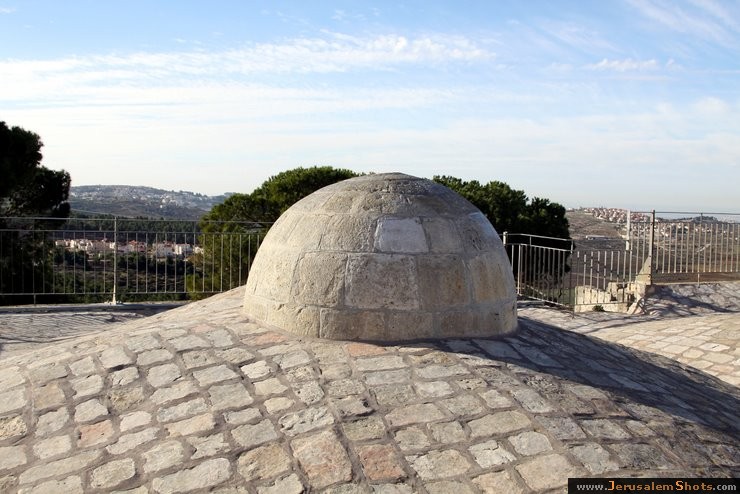
The Tomb of Samuel, (Arabic: نبي صموئيل, translit. Nebi Samwil Hebrew: קבר שמואל, translit. Kever Shmuel;), is the traditional burial site of the biblical Hebrew prophet Samuel, atop a steep hill at an elevation of 908 meters above sea level. It is situated to the north of the Jerusalem neighborhood of Ramot. On the site is a building containing a mosque built in the 18th century that was formerly a church. The tomb itself is located in an underground chamber where a small synagogue is located.


 © Valery Dembitsky
\ Nebi Samwil (The Prophet Samuel)
© Valery Dembitsky
\ Nebi Samwil (The Prophet Samuel)
The Tomb of Samuel, (Arabic: نبي صموئيل, translit. Nebi Samwil Hebrew: קבר שמואל, translit. Kever Shmuel;), is the traditional burial site of the biblical Hebrew prophet Samuel, atop a steep hill at an elevation of 908 meters above sea level. It is situated to the north of the Jerusalem neighborhood of Ramot. On the site is a building containing a mosque built in the 18th century that was formerly a church. The tomb itself is located in an underground chamber where a small synagogue is located.


 © Valery Dembitsky
\ Nebi Samwil (The Prophet Samuel)
© Valery Dembitsky
\ Nebi Samwil (The Prophet Samuel)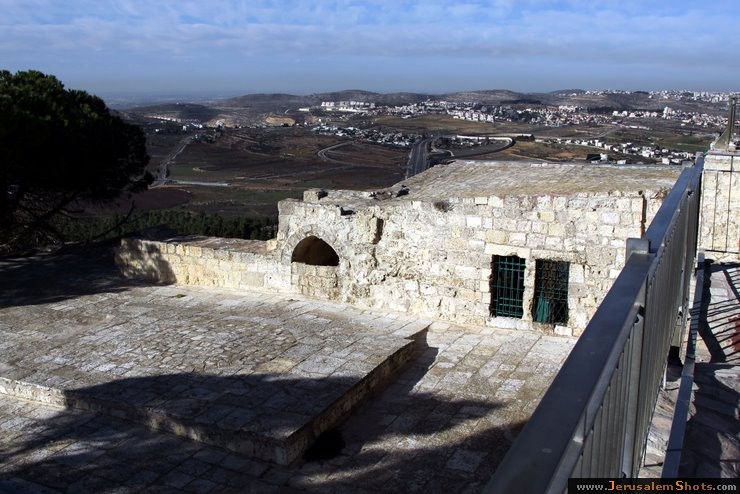
The Tomb of Samuel, (Arabic: نبي صموئيل, translit. Nebi Samwil Hebrew: קבר שמואל, translit. Kever Shmuel;), is the traditional burial site of the biblical Hebrew prophet Samuel, atop a steep hill at an elevation of 908 meters above sea level. It is situated to the north of the Jerusalem neighborhood of Ramot. On the site is a building containing a mosque built in the 18th century that was formerly a church. The tomb itself is located in an underground chamber where a small synagogue is located.


 © Valery Dembitsky
\ Nebi Samwil (The Prophet Samuel)
© Valery Dembitsky
\ Nebi Samwil (The Prophet Samuel)
The Tomb of Samuel, (Arabic: نبي صموئيل, translit. Nebi Samwil Hebrew: קבר שמואל, translit. Kever Shmuel;), is the traditional burial site of the biblical Hebrew prophet Samuel, atop a steep hill at an elevation of 908 meters above sea level. It is situated to the north of the Jerusalem neighborhood of Ramot. On the site is a building containing a mosque built in the 18th century that was formerly a church. The tomb itself is located in an underground chamber where a small synagogue is located.


 © Valery Dembitsky
\ Nebi Samwil (The Prophet Samuel)
© Valery Dembitsky
\ Nebi Samwil (The Prophet Samuel)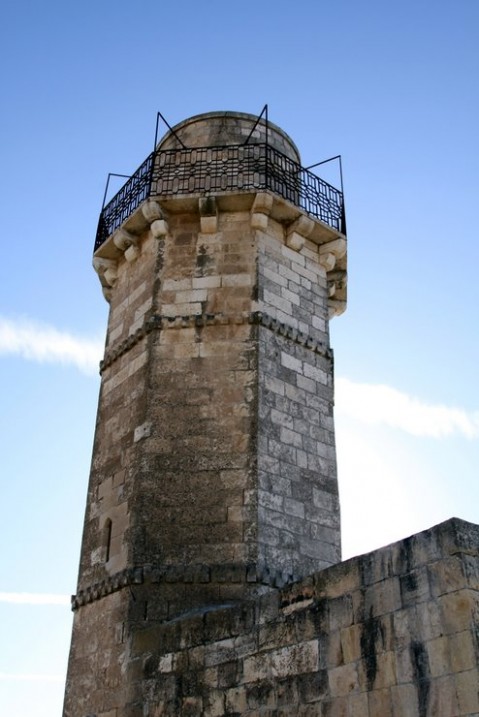
The Tomb of Samuel, (Arabic: نبي صموئيل, translit. Nebi Samwil Hebrew: קבר שמואל, translit. Kever Shmuel;), is the traditional burial site of the biblical Hebrew prophet Samuel, atop a steep hill at an elevation of 908 meters above sea level. It is situated to the north of the Jerusalem neighborhood of Ramot. On the site is a building containing a mosque built in the 18th century that was formerly a church. The tomb itself is located in an underground chamber where a small synagogue is located.


 © Valery Dembitsky
\ Nebi Samwil (The Prophet Samuel)
© Valery Dembitsky
\ Nebi Samwil (The Prophet Samuel)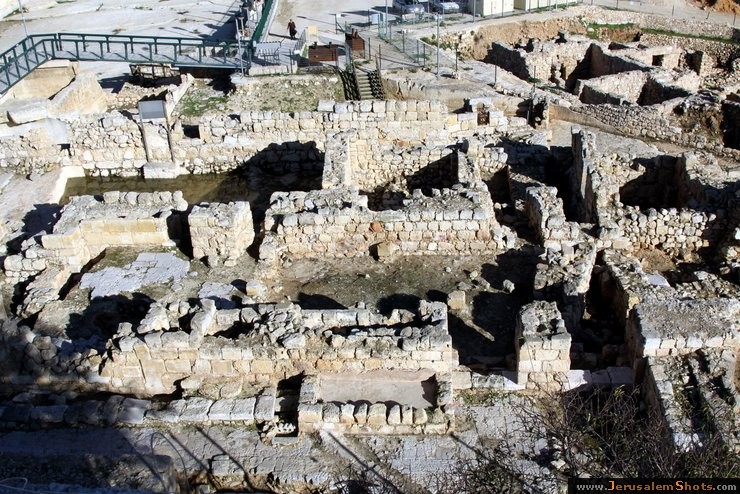
The Tomb of Samuel, (Arabic: نبي صموئيل, translit. Nebi Samwil Hebrew: קבר שמואל, translit. Kever Shmuel;), is the traditional burial site of the biblical Hebrew prophet Samuel, atop a steep hill at an elevation of 908 meters above sea level. It is situated to the north of the Jerusalem neighborhood of Ramot. On the site is a building containing a mosque built in the 18th century that was formerly a church. The tomb itself is located in an underground chamber where a small synagogue is located.


 © Valery Dembitsky
\ Nebi Samwil (The Prophet Samuel)
© Valery Dembitsky
\ Nebi Samwil (The Prophet Samuel)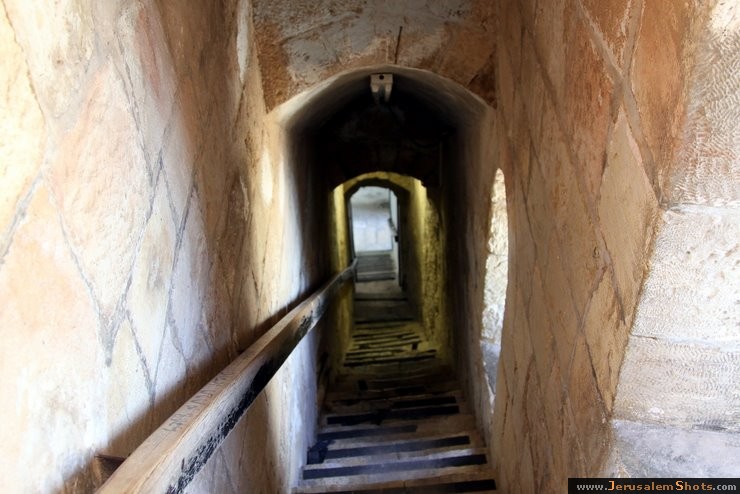


 © Valery Dembitsky
\ Nebi Samwil (The Prophet Samuel)
© Valery Dembitsky
\ Nebi Samwil (The Prophet Samuel)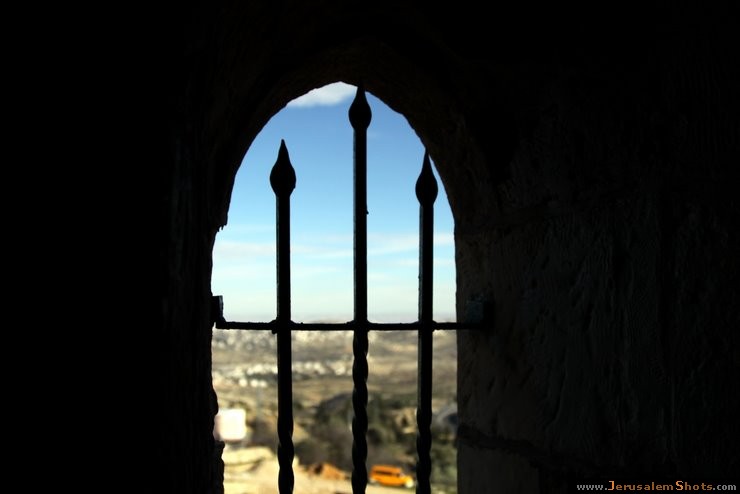


 © Valery Dembitsky
\ Nebi Samwil (The Prophet Samuel)
© Valery Dembitsky
\ Nebi Samwil (The Prophet Samuel)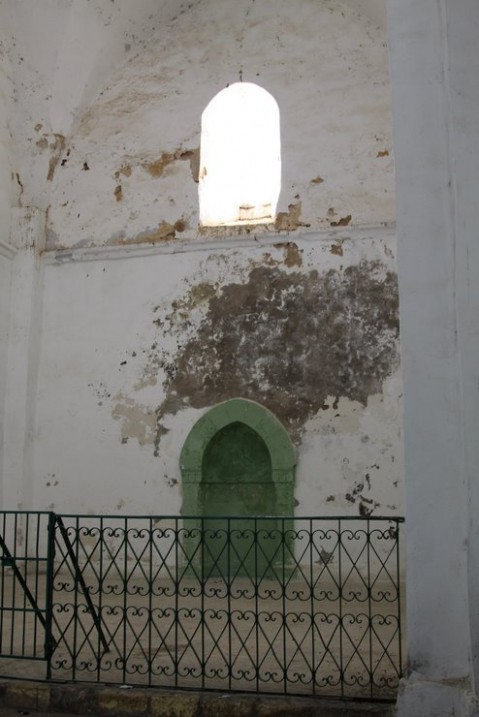


 © Valery Dembitsky
\ The Ancient Synagogue
© Valery Dembitsky
\ The Ancient Synagogue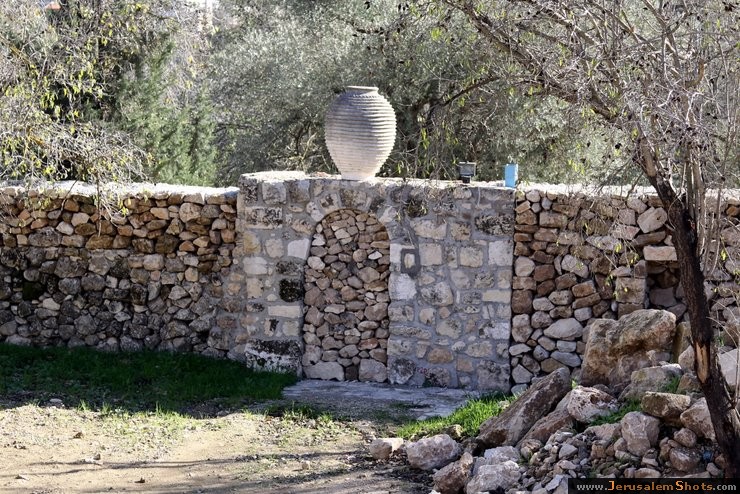
Motza is first mentioned in the Talmud (Tractate Succah) as the place where residents of Jerusalem used to cut their willow branches as one of the four species of fruits and plants required for the Festival of Sukkot.
Motza was rediscovered in 1860, when Shlomo Yecheskel and Yehoshua Yellin, residents of the Old City of Jerusalem, jointly acquired a plot of land in order to initiate and develop agriculture outside the walls of the Old City. Vineyards and trees were planted while using the local spring and well.
Motza was rediscovered in 1860, when Shlomo Yecheskel and Yehoshua Yellin, residents of the Old City of Jerusalem, jointly acquired a plot of land in order to initiate and develop agriculture outside the walls of the Old City. Vineyards and trees were planted while using the local spring and well.


 © Valery Dembitsky
\ The Ancient Synagogue
© Valery Dembitsky
\ The Ancient Synagogue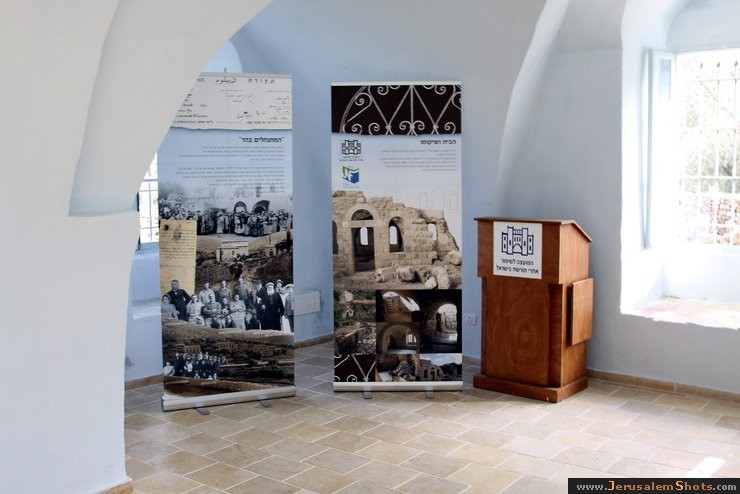
Motza is first mentioned in the Talmud (Tractate Succah) as the place where residents of Jerusalem used to cut their willow branches as one of the four species of fruits and plants required for the Festival of Sukkot.
Motza was rediscovered in 1860, when Shlomo Yecheskel and Yehoshua Yellin, residents of the Old City of Jerusalem, jointly acquired a plot of land in order to initiate and develop agriculture outside the walls of the Old City. Vineyards and trees were planted while using the local spring and well.
Motza was rediscovered in 1860, when Shlomo Yecheskel and Yehoshua Yellin, residents of the Old City of Jerusalem, jointly acquired a plot of land in order to initiate and develop agriculture outside the walls of the Old City. Vineyards and trees were planted while using the local spring and well.


 © Valery Dembitsky
\ The Ancient Synagogue
© Valery Dembitsky
\ The Ancient Synagogue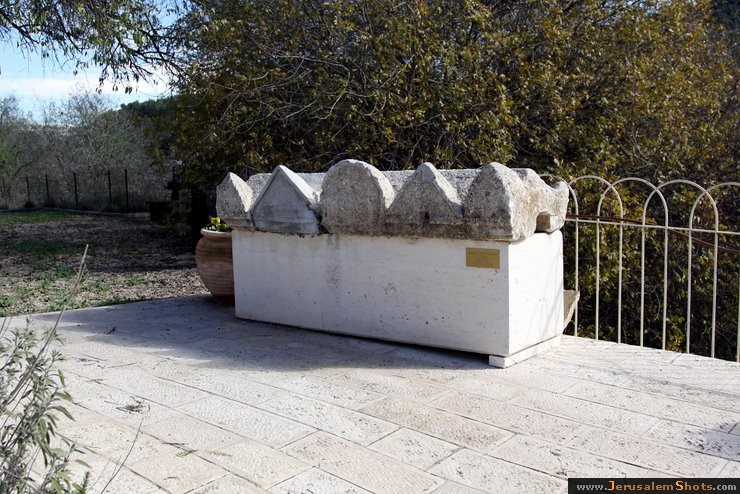
Motza is first mentioned in the Talmud (Tractate Succah) as the place where residents of Jerusalem used to cut their willow branches as one of the four species of fruits and plants required for the Festival of Sukkot.
Motza was rediscovered in 1860, when Shlomo Yecheskel and Yehoshua Yellin, residents of the Old City of Jerusalem, jointly acquired a plot of land in order to initiate and develop agriculture outside the walls of the Old City. Vineyards and trees were planted while using the local spring and well.
Motza was rediscovered in 1860, when Shlomo Yecheskel and Yehoshua Yellin, residents of the Old City of Jerusalem, jointly acquired a plot of land in order to initiate and develop agriculture outside the walls of the Old City. Vineyards and trees were planted while using the local spring and well.


 © Valery Dembitsky
\ Nebi Samwil (The Prophet Samuel)
© Valery Dembitsky
\ Nebi Samwil (The Prophet Samuel)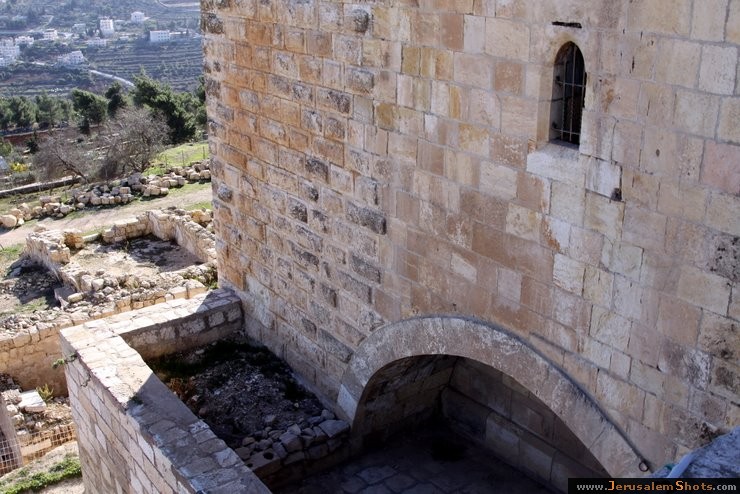
The Tomb of Samuel, (Arabic: نبي صموئيل, translit. Nebi Samwil Hebrew: קבר שמואל, translit. Kever Shmuel;), is the traditional burial site of the biblical Hebrew prophet Samuel, atop a steep hill at an elevation of 908 meters above sea level. It is situated to the north of the Jerusalem neighborhood of Ramot. On the site is a building containing a mosque built in the 18th century that was formerly a church. The tomb itself is located in an underground chamber where a small synagogue is located.


 © Valery Dembitsky
\ Nebi Samwil (The Prophet Samuel)
© Valery Dembitsky
\ Nebi Samwil (The Prophet Samuel)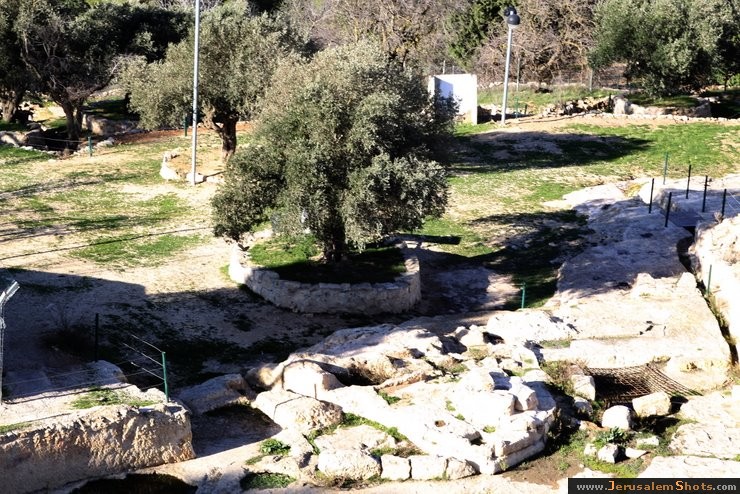


 © Valery Dembitsky
\ Nebi Samwil (The Prophet Samuel)
© Valery Dembitsky
\ Nebi Samwil (The Prophet Samuel)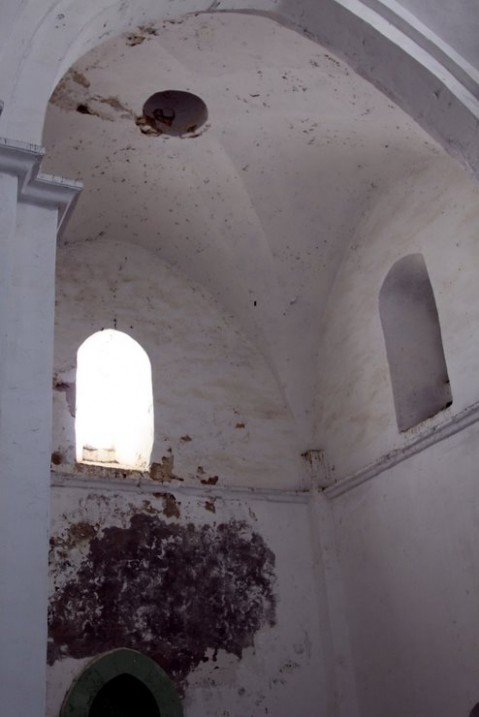


 © Valery Dembitsky
\ The Ancient Synagogue
© Valery Dembitsky
\ The Ancient Synagogue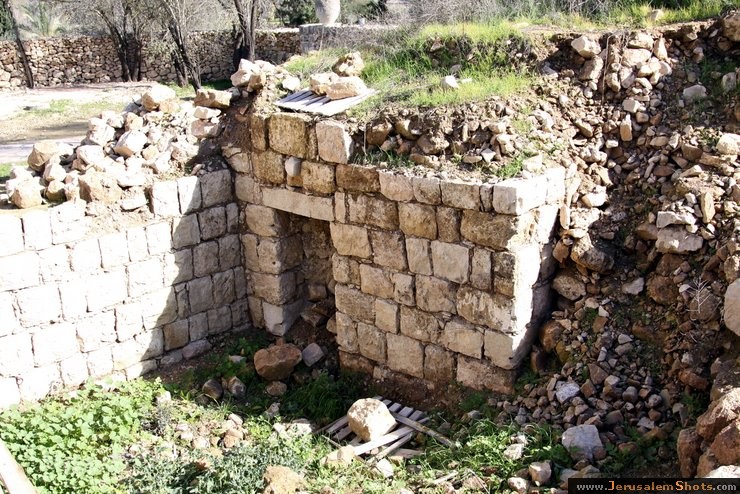
Motza is first mentioned in the Talmud (Tractate Succah) as the place where residents of Jerusalem used to cut their willow branches as one of the four species of fruits and plants required for the Festival of Sukkot.
Motza was rediscovered in 1860, when Shlomo Yecheskel and Yehoshua Yellin, residents of the Old City of Jerusalem, jointly acquired a plot of land in order to initiate and develop agriculture outside the walls of the Old City. Vineyards and trees were planted while using the local spring and well.
Motza was rediscovered in 1860, when Shlomo Yecheskel and Yehoshua Yellin, residents of the Old City of Jerusalem, jointly acquired a plot of land in order to initiate and develop agriculture outside the walls of the Old City. Vineyards and trees were planted while using the local spring and well.


 © Valery Dembitsky
\ The Ancient Synagogue
© Valery Dembitsky
\ The Ancient Synagogue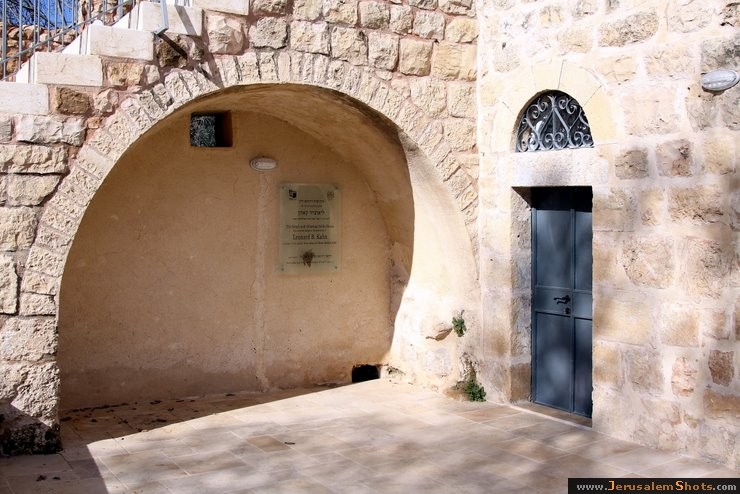
Motza is first mentioned in the Talmud (Tractate Succah) as the place where residents of Jerusalem used to cut their willow branches as one of the four species of fruits and plants required for the Festival of Sukkot.
Motza was rediscovered in 1860, when Shlomo Yecheskel and Yehoshua Yellin, residents of the Old City of Jerusalem, jointly acquired a plot of land in order to initiate and develop agriculture outside the walls of the Old City. Vineyards and trees were planted while using the local spring and well.
Motza was rediscovered in 1860, when Shlomo Yecheskel and Yehoshua Yellin, residents of the Old City of Jerusalem, jointly acquired a plot of land in order to initiate and develop agriculture outside the walls of the Old City. Vineyards and trees were planted while using the local spring and well.


 © Valery Dembitsky
\ The Ancient Synagogue
© Valery Dembitsky
\ The Ancient Synagogue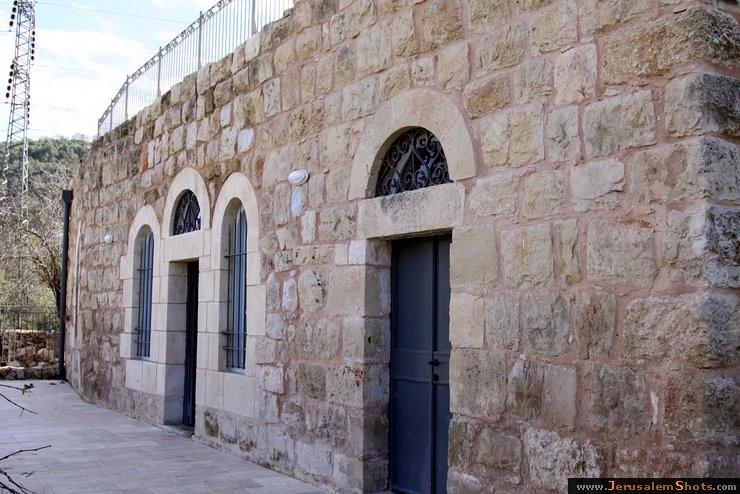
Motza is first mentioned in the Talmud (Tractate Succah) as the place where residents of Jerusalem used to cut their willow branches as one of the four species of fruits and plants required for the Festival of Sukkot.
Motza was rediscovered in 1860, when Shlomo Yecheskel and Yehoshua Yellin, residents of the Old City of Jerusalem, jointly acquired a plot of land in order to initiate and develop agriculture outside the walls of the Old City. Vineyards and trees were planted while using the local spring and well.
Motza was rediscovered in 1860, when Shlomo Yecheskel and Yehoshua Yellin, residents of the Old City of Jerusalem, jointly acquired a plot of land in order to initiate and develop agriculture outside the walls of the Old City. Vineyards and trees were planted while using the local spring and well.


 © Valery Dembitsky
\ Nebi Samwil (The Prophet Samuel)
© Valery Dembitsky
\ Nebi Samwil (The Prophet Samuel)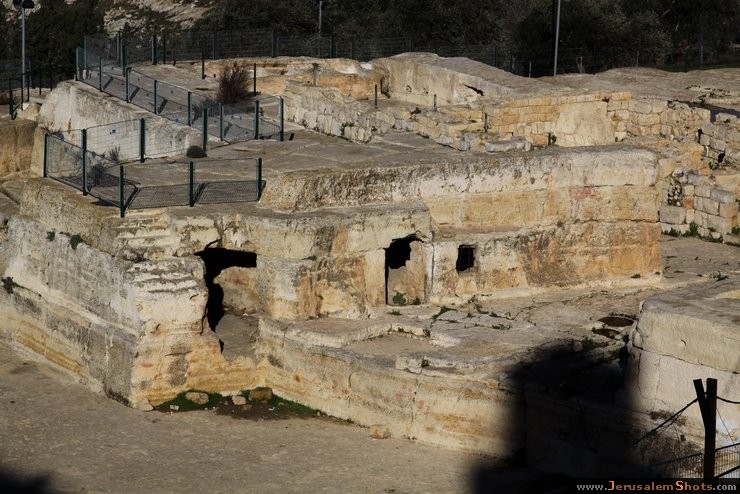
The Tomb of Samuel, (Arabic: نبي صموئيل, translit. Nebi Samwil Hebrew: קבר שמואל, translit. Kever Shmuel;), is the traditional burial site of the biblical Hebrew prophet Samuel, atop a steep hill at an elevation of 908 meters above sea level. It is situated to the north of the Jerusalem neighborhood of Ramot. On the site is a building containing a mosque built in the 18th century that was formerly a church. The tomb itself is located in an underground chamber where a small synagogue is located.


 © Valery Dembitsky
\ Nebi Samwil (The Prophet Samuel)
© Valery Dembitsky
\ Nebi Samwil (The Prophet Samuel)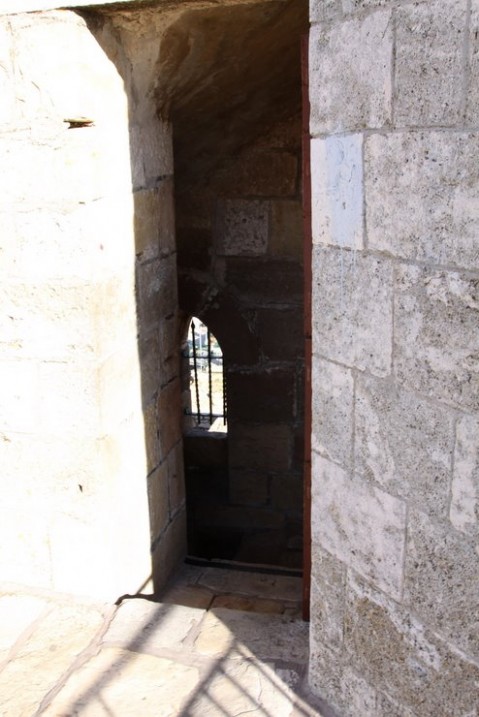


 © Valery Dembitsky
\ Nebi Samwil (The Prophet Samuel)
© Valery Dembitsky
\ Nebi Samwil (The Prophet Samuel)


 © Valery Dembitsky
\ New Monument, Hadassah Ein Kerem
© Valery Dembitsky
\ New Monument, Hadassah Ein Kerem